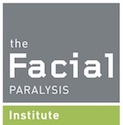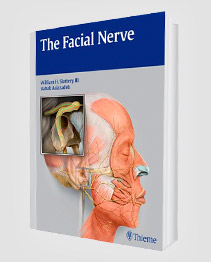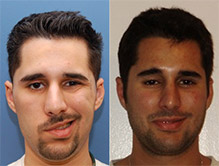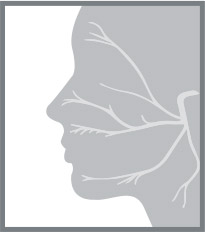Bell’s palsy strikes without warning, leaving one side of your face temporarily paralyzed. While the condition typically improves on its own within months, the right self-care approach can make a significant difference in your healing journey. Understanding what is bell’s palsy helps you recognize why these daily habits matter for recovery.
Key Takeaways
- Eye protection becomes critical when Bell’s palsy prevents complete eyelid closure
- Gentle facial massage and prescribed exercises support muscle function during recovery
- Proper oral hygiene prevents dental complications from reduced saliva production
- Stress management and adequate sleep create ideal conditions for nerve healing
- Regular medical follow-ups ensure complications are caught early
Protecting Your Eye Health
Your affected eye faces the greatest immediate risk during Bell’s palsy recovery. When facial muscles can’t properly close your eyelid, your cornea becomes vulnerable to drying and potential injury.
Essential eye protection steps:
- Use preservative-free artificial tears every few hours
- Apply thicker ointments overnight for longer-lasting protection
- Tape your eyelid closed while sleeping using medical tape
- Wear wraparound sunglasses outdoors to block wind and debris
https://facialparalysisinstitute.com/conditions/bells-palsy
Apply medical tape from the outer corner toward the inner corner, using just enough pressure to keep the lid sealed. Safety glasses during household tasks provide additional protection when your natural blink reflex isn’t working.
Supporting Facial Muscle Function
Your facial muscles need gentle encouragement to maintain tone during the paralysis period. Professional guidance makes a difference when it comes to exercises for bell’s palsy.
Daily muscle support routine:
- Gentle massage – Use light fingertip pressure in small circles across your cheek, around your eye, and along your jaw line for 5 minutes twice daily
- Heat therapy – Apply a warm, damp washcloth for 10-15 minutes several times daily to ease muscle tension
- Professional exercises – Work with a physical therapist familiar with facial paralysis for proper technique
Stop any activity if you experience increased pain or discomfort. Some exercises that seem helpful might actually interfere with proper nerve regeneration if performed incorrectly.

Maintaining Oral Health
Bell’s palsy often reduces saliva production on the affected side, creating conditions that promote tooth decay. The symptoms of Bell’s Palsy affect practical functions like eating and maintaining oral hygiene.
Brush your teeth more frequently than usual, paying special attention to the affected side where food particles accumulate. Use a soft-bristled toothbrush with fluoride toothpaste for extra protection against decay.
Food tends to collect between your cheek and gums on the paralyzed side during meals. Rinse thoroughly with water after eating, and use alcohol-free mouthwash to reduce bacterial buildup without irritating dry tissues.
https://facialparalysisinstitute.com/blog/3-myths-about-living-with-bells-palsy
Managing Daily Activities
Simple adjustments to your routine can prevent frustration during recovery. Effective bell’s palsy management includes adapting everyday tasks to work with your temporary limitations.
Eating strategies:
- Choose softer foods that don’t require extensive chewing
- Cut items into smaller pieces to make swallowing easier
- Tilt your head toward the unaffected side while eating
- Avoid extremely hot foods since reduced sensation might prevent you from noticing dangerous temperatures
Speaking clearly becomes more challenging when facial muscles can’t properly form certain sounds. Don’t strain your voice trying to compensate. Instead, speak more slowly and pause between sentences.
Sleep position affects both comfort and recovery quality. Elevating your head slightly can reduce swelling, while sleeping on your unaffected side prevents pressure on sensitive facial areas.
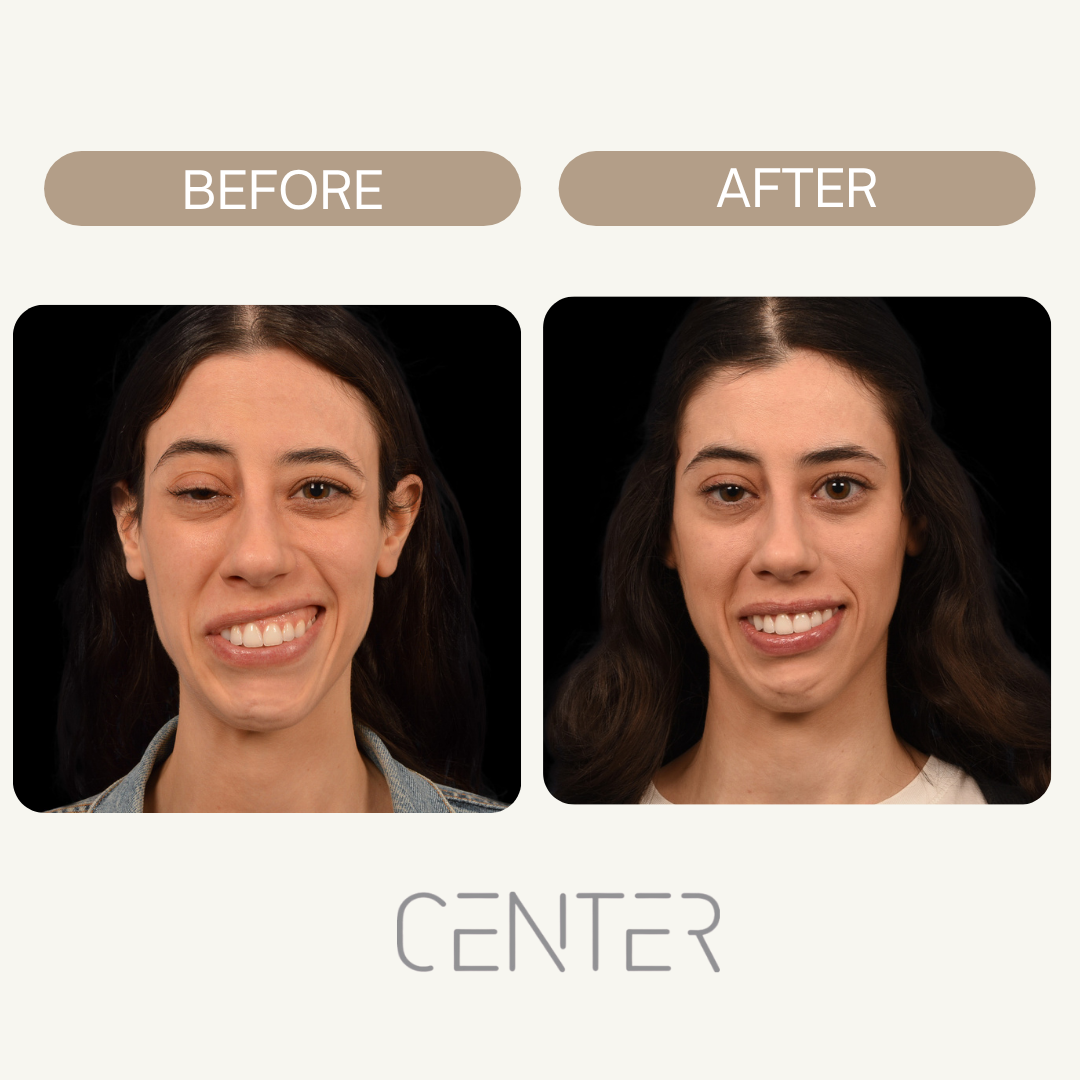
Supporting Overall Recovery
Your body’s ability to heal the damaged facial nerve depends on general health factors you can influence through daily choices. While bell’s palsy diagnosis might seem straightforward, recovery involves complex biological processes.
Stress management
- Use daily relaxation techniques like deep breathing, meditation, or journaling.
- Chronic stress disrupts immune repair and can slow nerve recovery.
- Reducing stress supports a more stable healing environment.
Quality sleep
- Prioritize 7–9 hours of sleep each night.
- Deep rest allows your body to repair tissues and regulate inflammation.
- Stick to a regular bedtime and limit screen time before bed.
Proper nutrition
- Include B vitamins, antioxidants, and omega-3 fats in your meals.
- These nutrients support nerve health and regeneration.
- Think leafy greens, berries, nuts, and fatty fish.
Hydration and humidification
- Drink water throughout the day and use a humidifier at night.
- These steps help prevent dry mouth and keep oral tissues comfortable.
- Moisture also supports nerve function and sleep quality.
Light physical activity
- Gentle walks, stretching, or yoga can improve circulation and mood.
- Movement encourages recovery without straining facial muscles.
- Avoid anything that causes discomfort or swelling.
Avoid alcohol and tobacco
- These substances may delay healing by increasing inflammation and nerve stress.
- Reducing or eliminating them gives your body the best chance to recover well.
Weekly check-ins
- Track your symptoms and improvements in a journal.
- This helps you notice patterns and progress.
- Sharing your notes with your provider supports more informed care.
When to Seek Additional Help
Know when self-care isn’t enough and professional intervention becomes necessary. Contact your healthcare provider immediately if you develop severe eye pain, vision changes, or signs of eye infection like increased redness or discharge.
Consider specialized bell’s palsy treatment if your recovery seems slower than expected or if you’re struggling with the emotional impact of facial paralysis.
It’s also important to advocate for yourself if something doesn’t feel right. Bell’s palsy symptoms vary widely from person to person, and your recovery timeline may not match what you read online. Ongoing support from medical professionals ensures you stay on track while addressing both physical symptoms and emotional wellbeing.
Ready to take control of your Bell’s palsy recovery? Connect with specialists who understand the unique challenges of facial paralysis and can guide you toward the most effective treatment approaches for your situation.
Conclusion
Bell’s palsy recovery requires patience, but the right self-care approach can make your journey more comfortable and potentially more successful. Daily attention to eye protection, gentle muscle support, and oral hygiene creates the foundation for optimal healing. Your commitment to these habits, combined with appropriate medical care, gives you the best chance for complete recovery.
Request your consultation with Dr. Azizzadeh today
Call us at (310) 657-2203 to schedule an appointment.
Schedule a Consultation